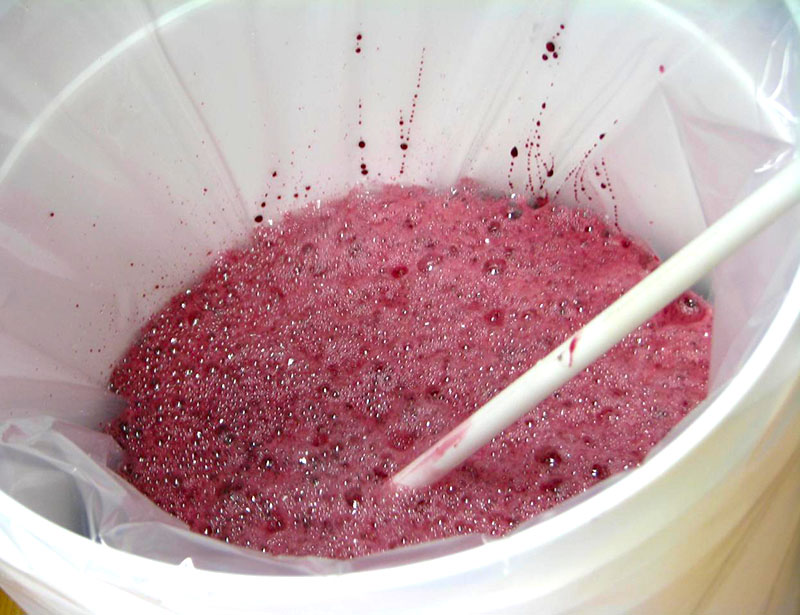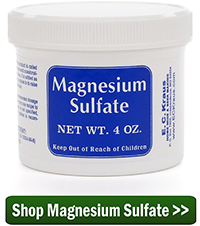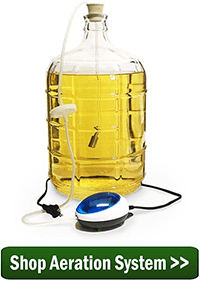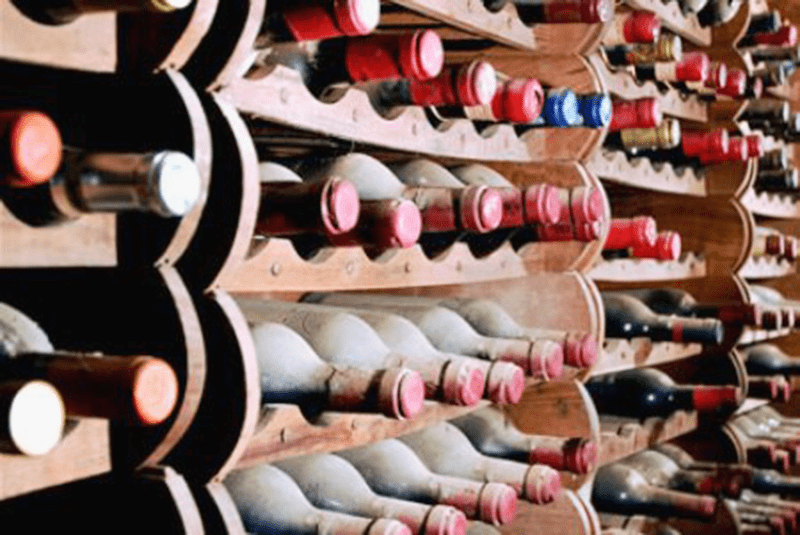 You can’t read very long on the subject of wine making without running across the warnings of excessive air exposure and how oxygen can turn a great wine into a brown, caramelized mess through a process of oxidation. Books, websites and even this blog have expressed these cautions.
You can’t read very long on the subject of wine making without running across the warnings of excessive air exposure and how oxygen can turn a great wine into a brown, caramelized mess through a process of oxidation. Books, websites and even this blog have expressed these cautions.
The reality is without some oxygen being available, the progression of a wine’s aging process can be brought to a near standstill. Wine needs oxygen to age. Without it a wine will not fully reach its aging potential. There is a solid relationship between oxygen and wine aging, it’s just a matter of finely controlling how much dissolved oxygen is in the wine.
Once the wine is bottled, it begins a series of changes. Tannins become less harsh, aromas tend to develop a richness, etc., but all of this can not take place without a slow – very slow – infusion of oxygen. Oxygen is the catalyst for all these changes during the wine’s maturation process.
But this oxygen needs to be given slowly. If too much oxygen is made available to the wine too quickly, it will develop symptoms of bottle shock. This basically means the aging process is out of balance. More oxygen is being dissolved into the wine than it can process for aging. The wine will taste flabby and lifeless with little bouquet, and worse yet, it could start to show signs of oxidation such a browning. So, while the wine need oxygen to age, it needs it in very small doses of long periods of time. This is the most important thing to understand about oxygen and wine aging.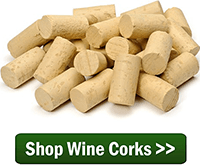
A wine bottle and its cork can be considered a wine preservation system. It’s job is to preserve the wine and allow it to develop steadily and evenly as time passes. How well the cork seals or how well it allows air to permeate, controls the rate of aging.
While it may be your instinct to try to age the wine as quickly as the wine will bare, you don’t want the wine to age-out too fast. This is because the wine will begin to slowly start to degrade after doing so. A bottle of wine has a beginning and an end – an aging life-cycle. There is a peak in flavor along this life-cycle. You don’t want the wine to take too long because you’ll end up drinking your wine when it has not yet reached its best.
For example, our Superior Grade Straight Corks work well for wines that you intend to consume in about 3 years time. Our Extra-First Grade Straight Corks are for wines you intend to consume over a 4 or 6 year period. Extra-First Grade is denser than the Superior Grade so less air gets through, slowing the aging process.
Then there’s Synthetic Corks. These corks are designed to allow the optimal amount of air to pass over time. They are ideal for wines that you intend to age for for than 18 month. They also work well for early aging wines such as Zinfandel where little oxygen is needed for the wine to come into fruition.
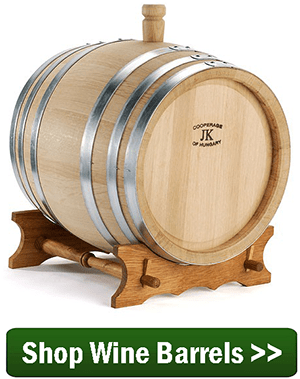 For these reasons, when you buy corks their density should be taken into consideration. By selecting the right grade of cork you can control the wine’s rate of aging to one that is appropriate for the needs of that particular style and to the needs of your consumption.
For these reasons, when you buy corks their density should be taken into consideration. By selecting the right grade of cork you can control the wine’s rate of aging to one that is appropriate for the needs of that particular style and to the needs of your consumption.
Wine needs oxygen to age. Oxygen and wine aging go hand-in-hand, but it’s all about controlling how much. The key is to not let the wine get too much too fast. Keep it slow any steady.
—–
Ed Kraus is a 3rd generation home brewer/winemaker and has been an owner of E. C. Kraus since 1999. He has been helping individuals make better wine and beer for over 25 years.

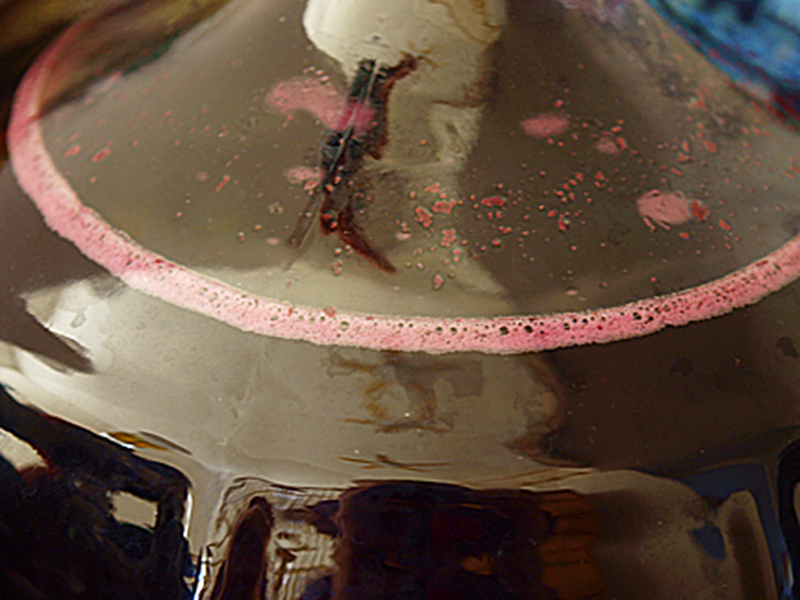
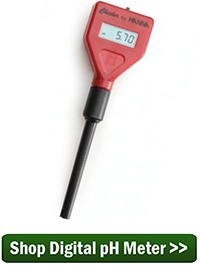
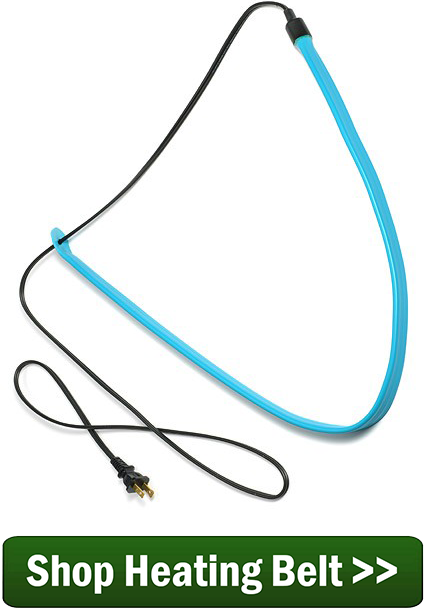
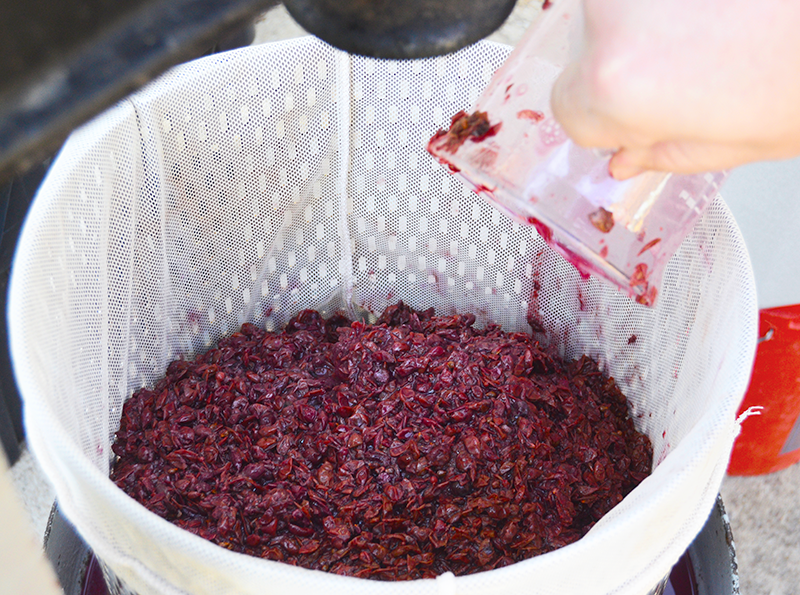
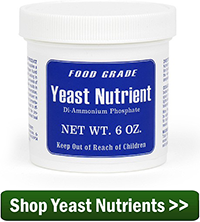
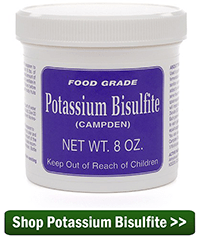
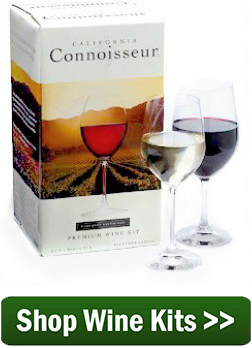

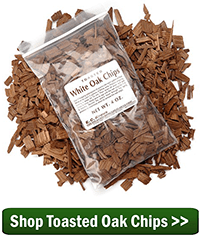
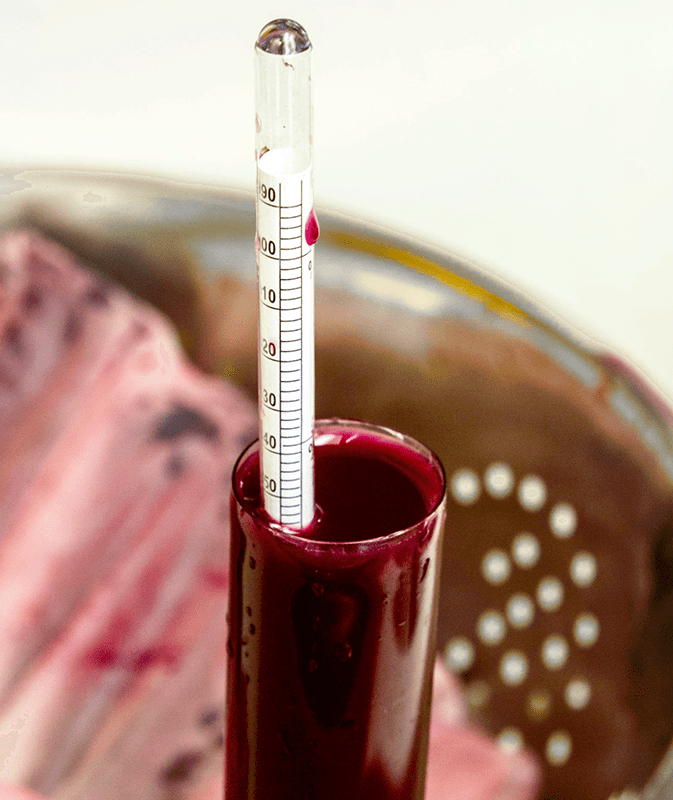
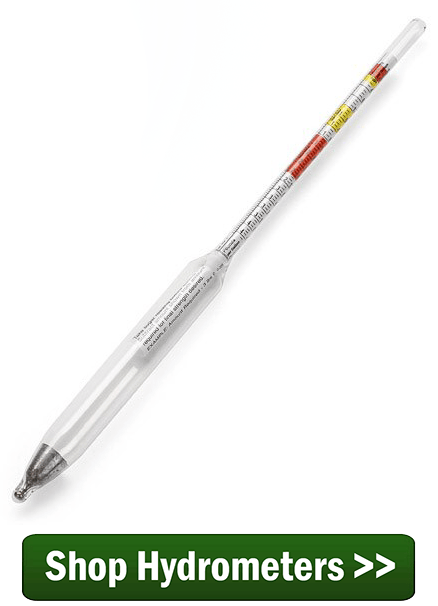
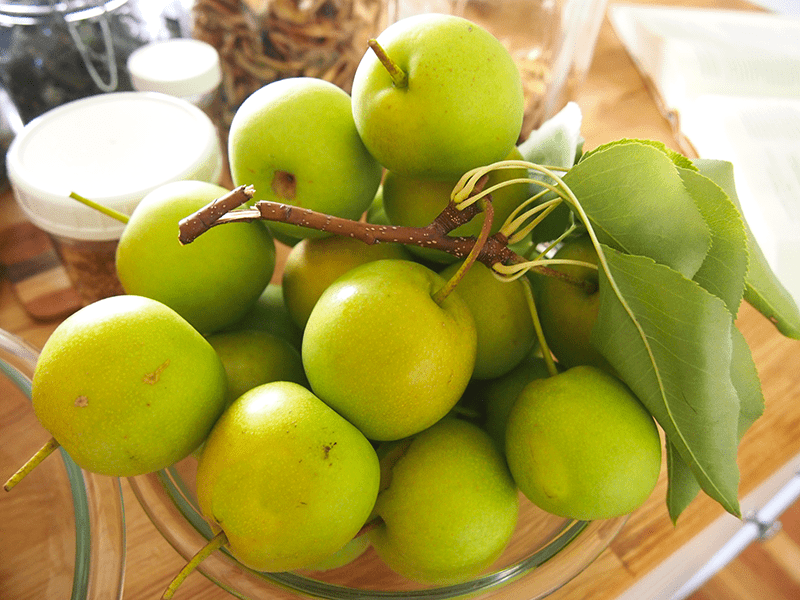
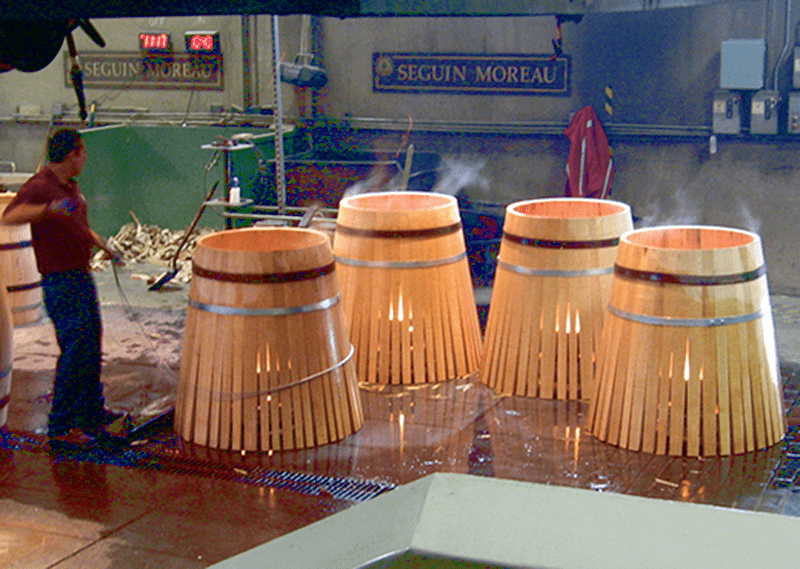
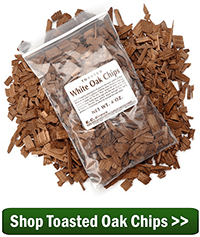
 I make wine at home, I do want the wine with more alcohol. But I don’t know how to get this done.
I make wine at home, I do want the wine with more alcohol. But I don’t know how to get this done.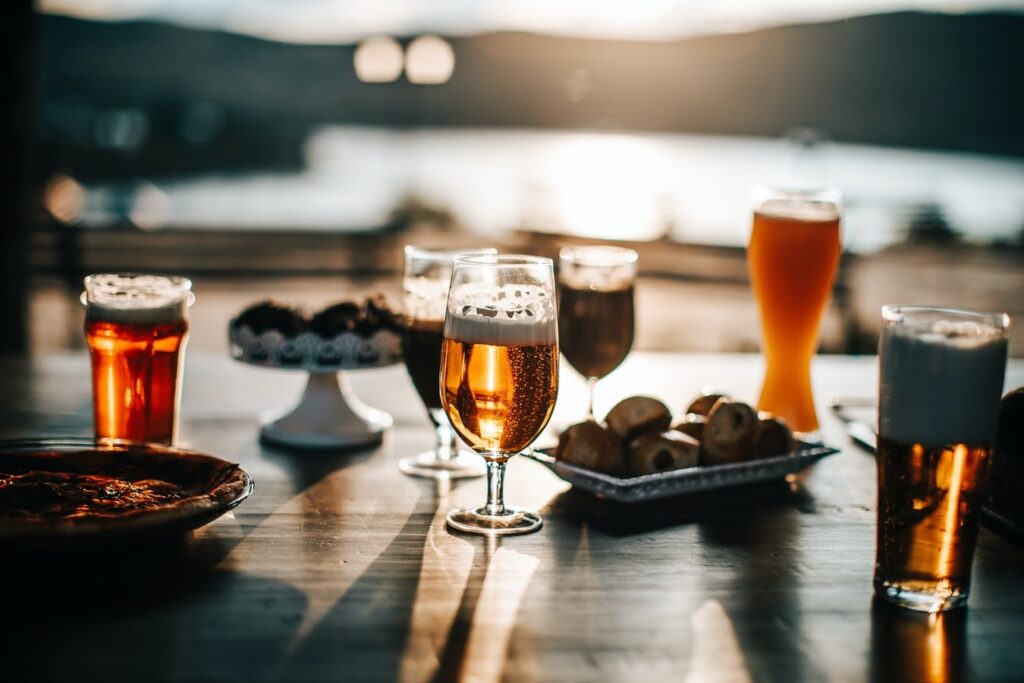 As summer is nearing an end and we reflect on the last few months, it’s hard to believe we’re closer to the end of 2020 than the beginning.
As summer is nearing an end and we reflect on the last few months, it’s hard to believe we’re closer to the end of 2020 than the beginning.